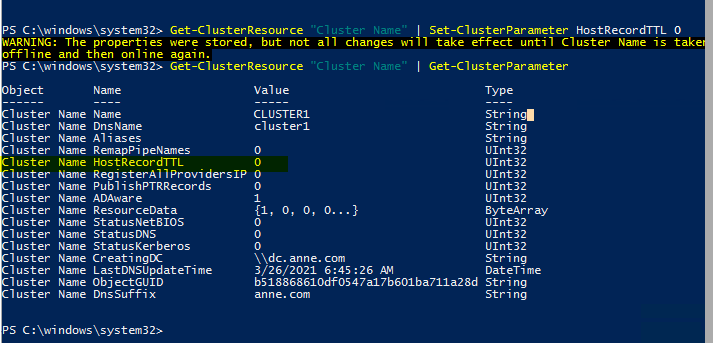
Hi,
If you want to speed up the DNS record sync up speed, it's not related to the TTL value, the time depends on the AD replication time, and as far as I know, by default, the AD replication time is around 2-3 minutes, and seems we are unable to speed up the time.
Thanks for your time!
Best Regards,
Anne
-----------------------------
If the Answer is helpful, please click "Accept Answer" and upvote it.
Note: Please follow the steps in our documentation to enable e-mail notifications if you want to receive the related email notification for this thread.

